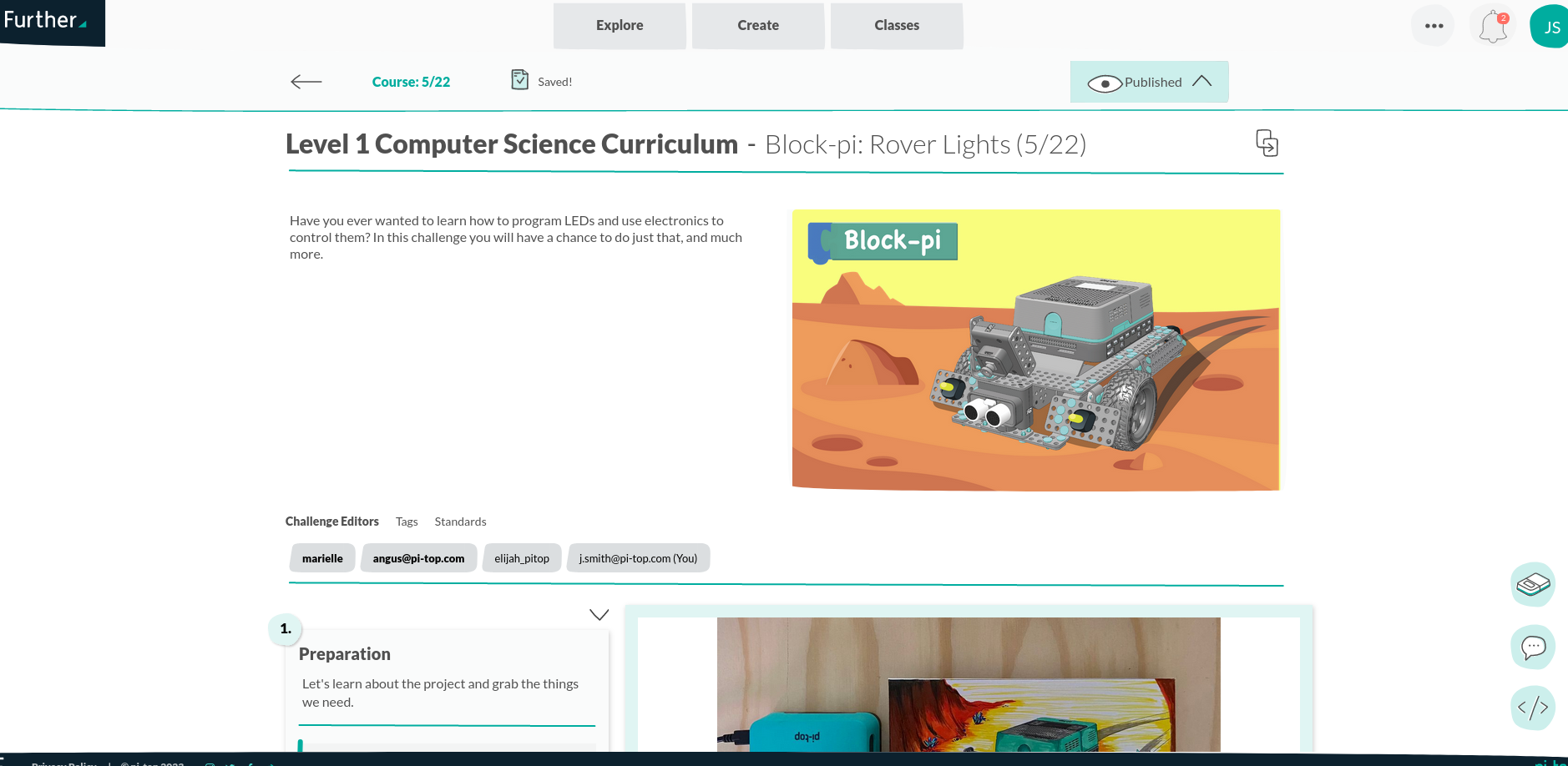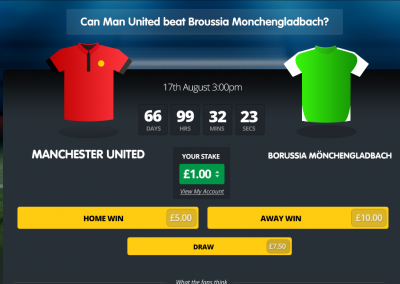Whilst re-building this portfolio website I am leaving these links at the top of this article for anyone who wants to quickly see work I have done.
https://further.pi-top.com/explore


Other web application projects are unfortunetly not publicly available as they are internal or for paying clients. In this case I have provided screenshots
Tag MRM:

XAMS

MEC

I am a computer programmer and web developer.
My job is to help you build amazing apps and games for the web.
I have been a Web developer for over 15 years and mobile developer for the last 2 years.
I’ve been working on the web through various incarnations of technology that made the web richer, more interactive and more animated.
Through my career I have been all kinds of developer and worked in all kinds of teams, from digital artist to systems analyst in government departments, corporations, agencies and educational institutions. I also studied MSc. Computer Science, for which I was awarded a Merit. All of this helped make me the developer I am today.
In addition to my web developer work I have also learned teamwork and communication, working as a manager, teacher and consultant.
I use my deep interest in technology and commitment to quality when working with clients to make rich interactive web sites, apps and games. I love to learn and share techniques, languages, methods and patterns with other team members I am working with.
Interested in web browsers, animation, user experience, canvas, WebGL, computer graphics, physics simulation and game development. I like writing software, toying with code and experimenting with interactivity. I enjoy challenges out of the ordinary.


